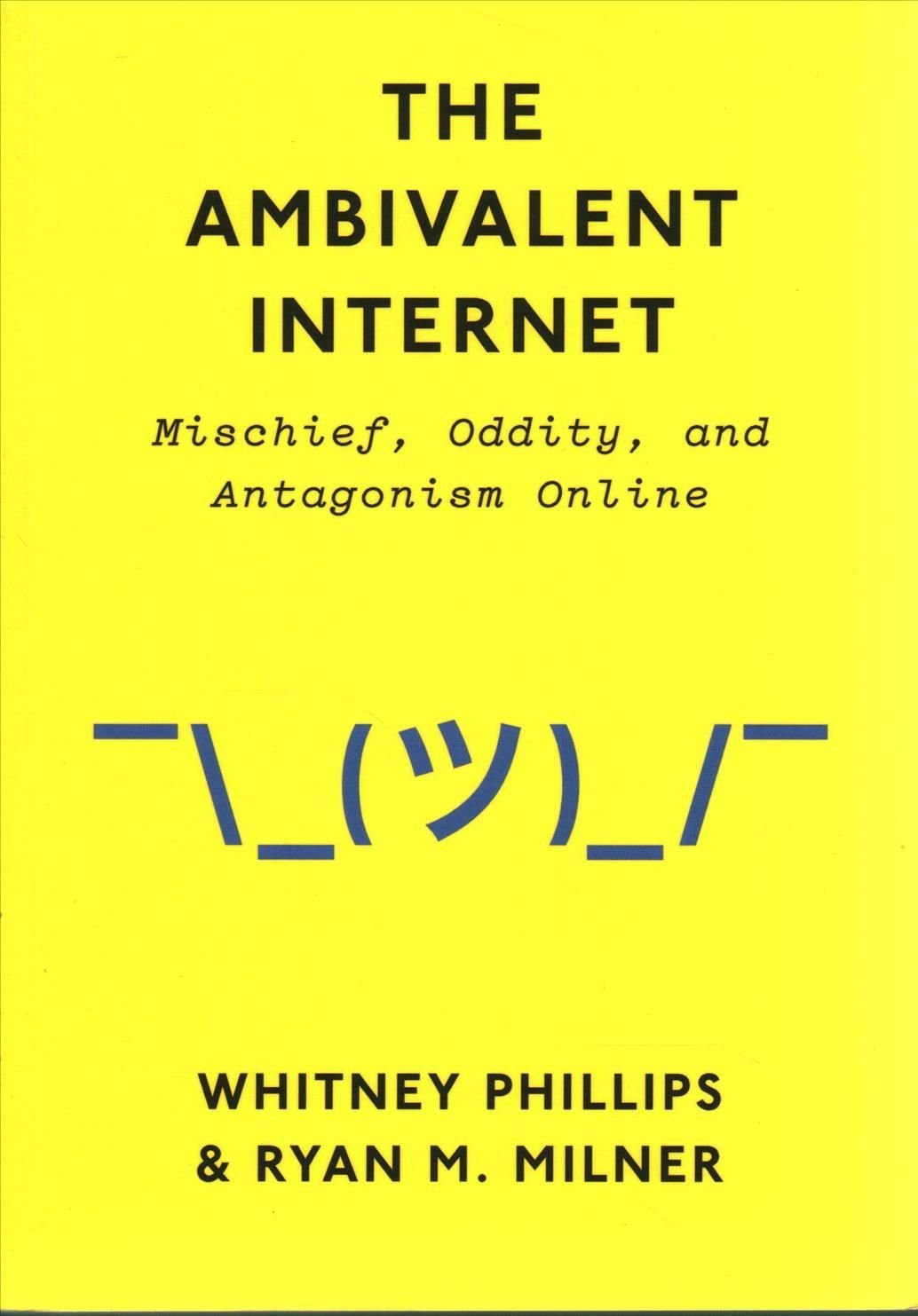‘Composition on Blue Background’, oil on board (circa 1960s), by Edgar Stobel (1909-2001). in his inimitable style, artist Stobel’s abstract image with blue background is a lively & colourful modernist work. The image has a pop art quality to it & was created just as that movement was emerging. Pop art challenged traditional painting by embracing colourful images from advertising, popular culture, comic books & mundane objects from everyday life. This artwork has a powerful intensity of tone & colour which speaks to Stobel’s very distinctive style but remains completely approachable & appealing. in fact, this is not pop art. This is part of the post-war concrete abstract movement, or Constructive Art. The painting has been newly framed with French-style linen slip & is in fair-to-good overall condition. There are some age-related minor blemishes in the paint & on the board. Signed: ‘Stobel’ in the lower right corner. About the Artist: The French artist Edgar Stobel (1909-2001), real name Ren Teboul Yechoua, was born in Algeria in 1909, & died in Paris in 2001. Stobel was the pseudonym he used as a painter. From a very young age, he was attracted to music & graphic art, & these two art forms were closely linked throughout his life. As a soldier in WWII, he drew scenes of daily life throughout the Italy campaign, & began producing imaginary drawings that prefigured his own style created in 1960, which he christened ‘Figurasynthese’. Figurasynthese is the image one makes of an object, not the object in the form in which it appears to us: it is subjectivised & represents an unreal form in every way. The relationship between the forms is what makes the Figurasynthese. Stobel’s painting in the 1960s was part of the post-war concrete abstract movement, or concrete art, also known as Constructive Art. The artist’s works are found in museums & personal collections throughout the world. Dimensions with frame: H 62 cm / 24.4 W 35 cm / 13.8 Dimensions without frame: H 48.5 cm / 19.1 W 22 cm / 8.7 Composition On Blue Background’ By Edgar Stobel | Circa 1960S












